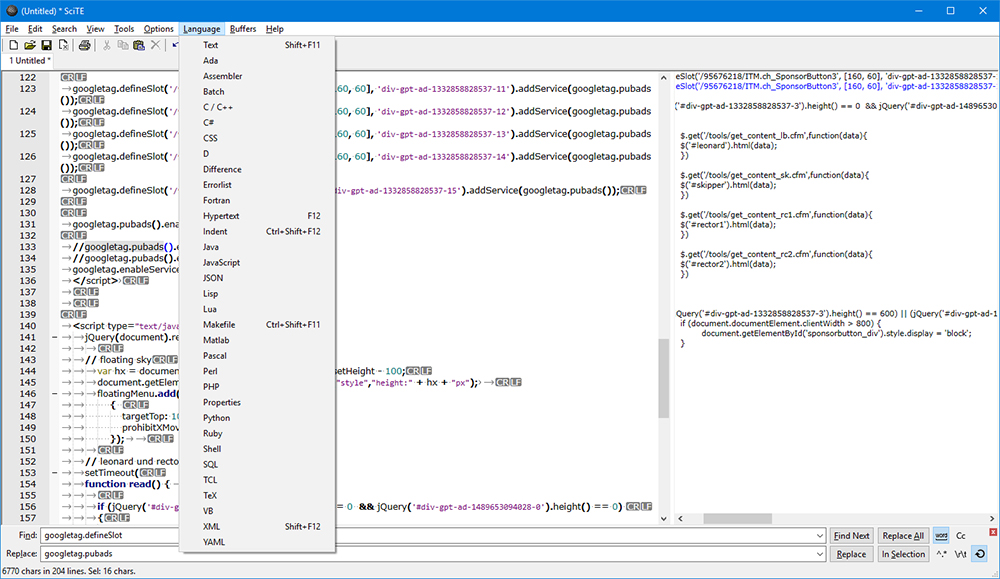
# This is the first **key-value pair** of parameters. # parameters that we use to tell Google what exactly we want # This **question mark** signifies the end of the address and the beginning of the # This is the **address** of the site where it exists on the Internets # Let's look at the structure of that url real quick: then you've just used Google's Geocoding API # OK street_address 1600 Amphitheatre Pkwy, Mountain View, CA 94043, USA 1600 1600 street_number. # If you saw something like this, with our without tags. # Go to your browser and open this address: # And that's about as much introduction as we need to actually do something # You can see that the **equals sign, =**, is used to assign values. # To be safe, let's just use lowercase alphabetical characters # and as long as they aren't # words already special to Ruby, # just about anything you want with alphanumeric characters, # They don't exist until you declare them. # Think of these as pointers, or labels of actual values. # mark to not be treated like a normal quotation mark, which would prematurely # that the following character is special.
#Scite editor tutorial code#
# You will use the backslash frequently, as it is how we signify in our code # trying to describe someone speaking? Use the backslash \ character. # How would you use double-quotes inside double-quotes, for instance, when # Quotation marks, single or double, signifies the beginning and end of a string Puts "Four score and seven years ago our fathersīrought forth on this continent, a new nation,Ĭonceived in Liberty, and dedicated to the proposition # Strings are used to hold characters, whether it be # That "Hello world!" is two words in our code, it's basically one thing: a String # It is short-hand for "print" in this case, it's printing to your screen. # This is what's called a **method** in Ruby (also referred to as # The first word in that code is **puts** # Languages like Ruby and Python make it easy to get # Take a look how this is done in other languages: # your text-editor, type in some code, and: # To **do** this tutorial, all you need to do is open up # The raw textfile from which this tutorial snippet was generated
#Scite editor tutorial free#
# Pick up a free text-editor like SciTE for Windows or
#Scite editor tutorial install#
The installation utility will install into the given directory:Ī simple AutoIt script showing some of the basic features of the language.# This tutorial assumes you're using Ruby 1.8+

The choice affects the compilation utilities that are installed alongside the script interpreter. If installing on a 64-bit version of Windows, the user is prompted to choose a 64- or 32-bit installation. It is compatible with versions from Windows XP onwards. Installation or SetupĪutoIt is intended for use on the Microsoft Windows operating system. It can be downloaded from, a site which also contains a comprehensive documentation set. Library functions are included for the automation of Microsoft Office applications and web browsers. It is especially useful for generating keystrokes and reading information from native Windows controls. Autoit Getting started with autoit Remarks #ĪutoIt is a lightweight freeware BASIC-like scripting language designed for automating the Windows GUI and general scripting.


 0 kommentar(er)
0 kommentar(er)
